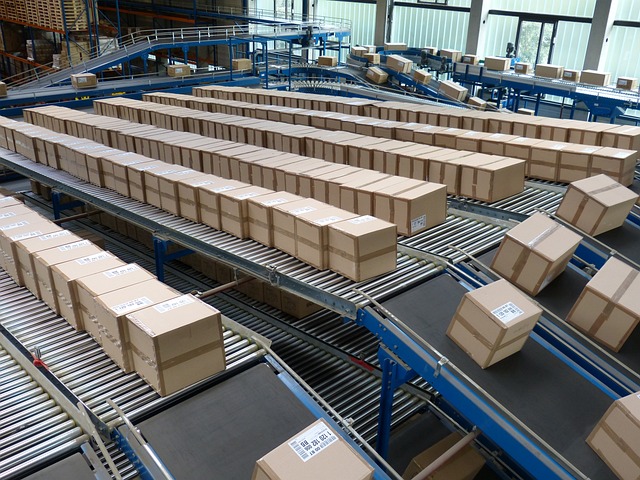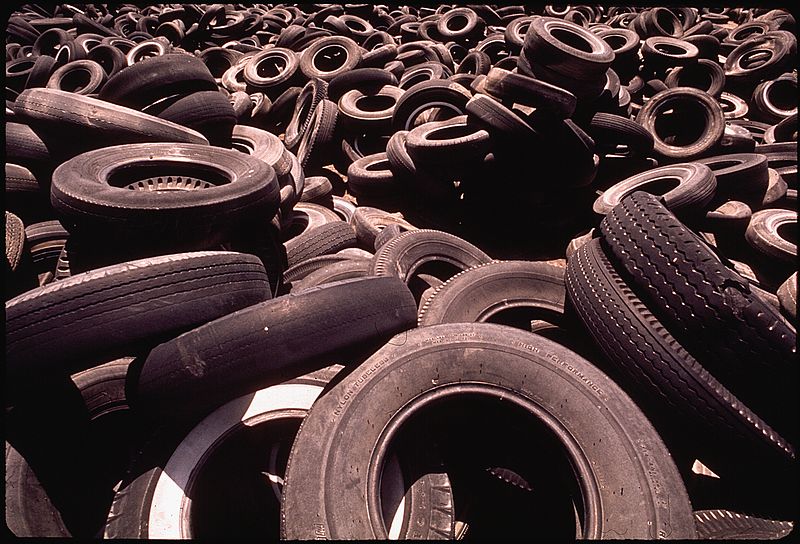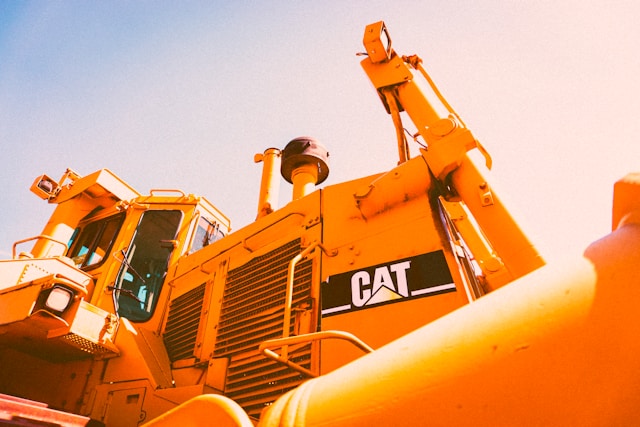The fastening bolts of modern bolt-one lifting rings have to be able to withstand extreme daily loads in all directions.
The hardest forces on bending loads have to be safely handled in terms of statistics and dynamics, even at extremely low temperatures and maximum heat.
RUD Chain developed the ICE-Bolt to replace all common bolts, meaning for the user: increased WLL with thinner bolt diameters, use with low temperatures up to -60 °C (-76° F), increased toughness and thus increased bending strength, less wear, and increased insensitivity versus hydrogen embrittlement.
Essentially, the ICE-Bolt ensures maximum safety!
What Exactly Does ICE Mean?
The chain is called “ICE” because of its impact values at -60 °C (-76° F) of an unbelievable 56 Joule. The danger generally resulting from an increased hardness in terms of the much-feared hydrogen embrittlement was able to be reduced to the level of a quality class 8. Despite the increased hardness, there is no reduction of bending toughness as per requirements of PAS 1061.
RUD is the inventor of the Grade 120 round steel link chain for lifting and lashing of loads. As the first manufacturer of round steel link chains worldwide, RUD was awarded the approval stamp, D1-12, by the relevant professional organization, DGUV, in 2007.
It took a year-long development initiative with a renowned German steel manufacturer in order to make the quantum jump to a completely new strength class a reality, but now that the goal has been realized, there has been no looking back.
The patented fine grain steel, as well as the special shape and heat treatment, enable the ability to reduce the respective nominal chain by one size or to increase the WLL upwards of 60% compared to chains of common quality class 8.
As a result, the user benefits from chains that are 40% easier to handle, have 30% increased hardness, and respond with less wear and less sensitivity against damages caused by sharp edges.
Why Pink?
Stipulations for approval and certification of lifting points require identification in a particular way.
For this reason, the RUD lifting points have been colored in red, a common theme in Germany more than 30 years ago to identify past chains. Twenty years ago, RUD launched a revolutionary chain program in quality class 10 under the name “VIP” for fluorescent powder coating. The color pink was chosen because it can double as an indicator for overheating.
The picture above shows the color change of the pink powder coating (used in the VIP product range). Beyond 200 °C (392°F) the color changes from pink to brown, and at the forbidden temperature of nearly 400 °C (752°F), the color changes to black where it also develops bubbles. Thanks to this approved system, the overheated lifting points can easily be identified and replaced.
Today, the color pink has become a protected RUD brand and changed to “VIP Pink”, with all lifting points experiencing an improvement in shape, WLL, and other additional benefits.
The new ICE age has started!
The unique ICE chain quality class “12”, or “120” has been “ICE Pink” powder coated. This patented color will be used for all lifting points equipped with the ICE-Bolt in order to assure a clear differentiation.
The picture above shows the new ICEP ink overheat indicator. The color change starts at 200°C (392°F); the black color representing overheating is visible at 300°C (573°F).






